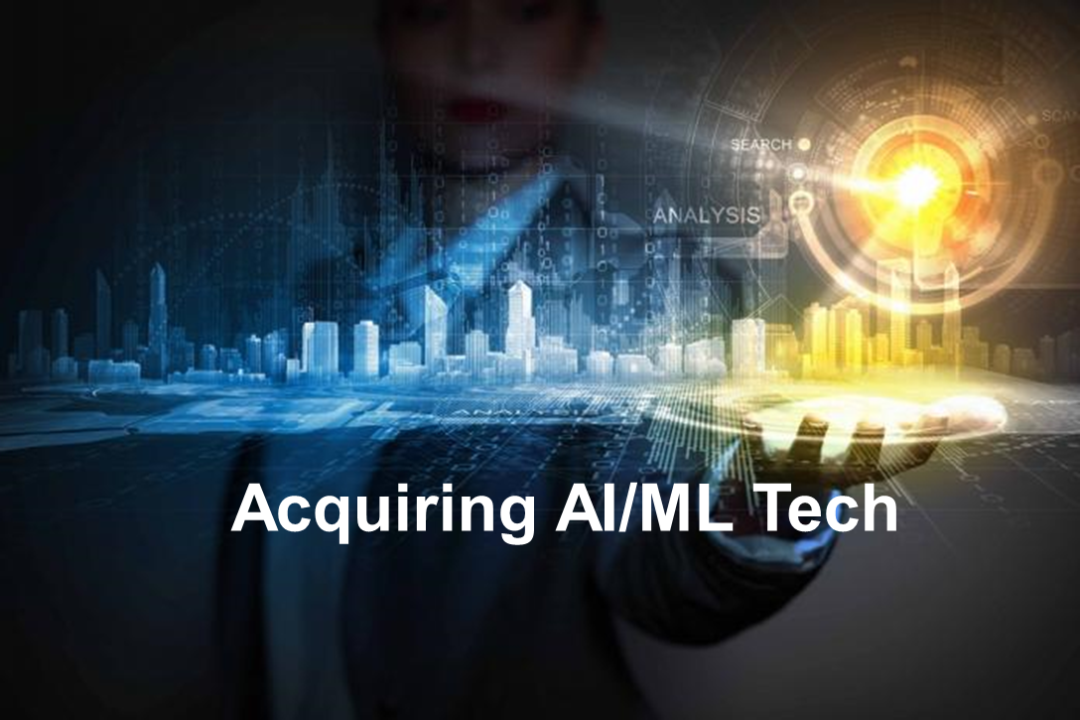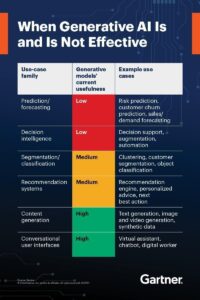CIOs are contending with a lot of technology buzz words. In this article I intend to convert the discussion about Data Science and Machine Learning into a business discussion. There are some important differences between the usual technology acquisition programs and these technologies. I will address those differences and propose some upgrades to technology management processes.
The major business differences of note with this new generation of technologies are:
a) This technology does not automate mundane and repetitive tasks that can be standardized, it automates tasks that have implications to a firm’s brand and culture.
b) These technologies are enormously data hungry and cloud native. This makes them in many cases a multi enterprise effort. A firm is not just buying a technology to run, often it is subscribing to large public and partner data sources. Your enterprise may be participating in large data sharing networks.
c) Intelligent automation is often not very highly explainable/interpretable. This creates the need for a new model to deal with traceability, auditing, bias detection, security, compliance, governance, ownership and monitoring. The intelligence in this automation needs a new monitoring model.
d) The capex vs opex share of this technology acquisition is dramatically different from prior generation technologies
e) AI/ML programs are often not separate programs, they get embedded in various broader technology initiatives. How do we track value promise, value discovery, value delivery and value monitoring for each of the AI/ML initiatives.
Here is my proposal for upgrades to technology management processes:
Upgrade data governance to respond to modern distributed data and ci/cd environments:
Augment milestone driven audit procedures with continuous audit infrastructure. Systems that change eight to ten times a day in production need continuous audit infrastructure. Augment top down audit processes with bottom up automated reporting infrastructure. Enhance your DevSecOps infrastructure to report key audit information with every micro deployment. Monitor this reported deployment data for risks. Data lakes are not just archives that run reporting, they now drive AI/ML learning and hence they need upgraded governance that keeps track of data provenance, pedigree and vintage.
Create AI/ML governance infrastructure:
Augment your traditional technology governance procedures for AI/ML enabled systems. Computing ROI once and allowing the systems to function in production is insufficient for these continuously changing systems. Traditional metrics and processes for traceability, auditing, bias detection, security, compliance, governance and accountability are insufficient for these intelligent systems.
The lifecycle of an AI enabled system should include continuous monitoring for Intelligence Quality. AI/ML models can drift and have intelligence degradation. Completely AI driven systems need risk mitigation plans for when they need to be turned off due to model drift. AI model enhanced systems need to function with reduced automation when models drift.
Model proliferation, inconsistent feature engineering and data pedigree issues can cause unintended, inconsistent intelligence, for example intelligence embedded into your CRM system may be treating your customer differently from intelligence embedded into your sales systems.
In addition to traditional metrics of response times, scalability and reliability, AI systems need to define failure to include Intelligence quality degradation and control system failures. Intelligence quality can be measured in model specific drift and error metrics, model independent metrics on unexplained results, and solution stability. Control system failure can be measured and monitored using model independent ethical/bias detection metrics, reputational issue logging, human accountability chain failures and compliance failures.
In summary, intelligence automation is here, enterprises need to put in place continuous audit infrastructure to monitor automated intelligence.



